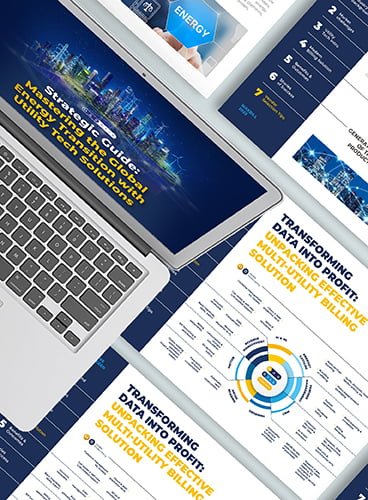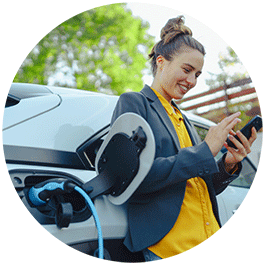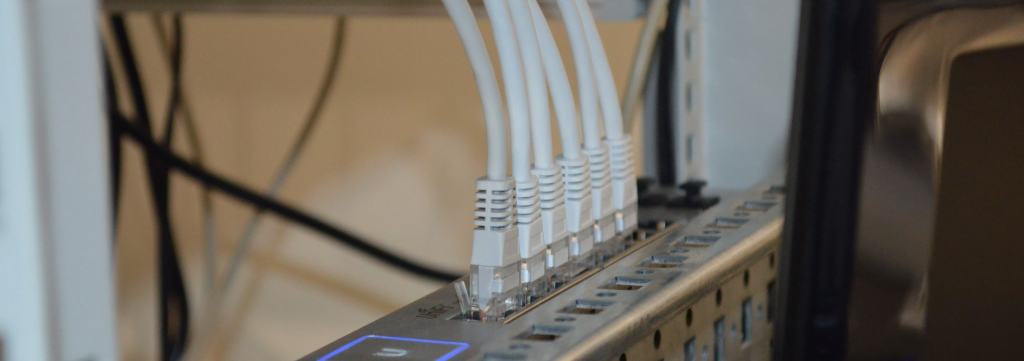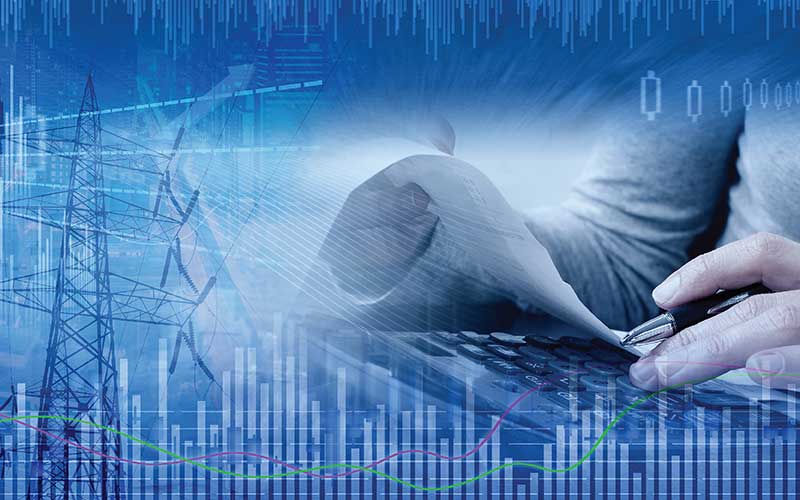All of us would like to know what the future holds. Of course, there is no certainty in anything, and we can’t predict exactly what will happen, but it’s still nice to gauge the most likely scenarios. When trying to foresee the upcoming trends, it is natural to look at similar experiences in the past and learn from them. You have to be careful, however, to find a truly comparable example. Looking for an answer to what awaits the utility sector, many envisioned its development based on the path of the transportation industry. The two are very much alike, indeed, but there are some important differences in their structure and driving forces that have to be taken into account.
Distributed Energy Resources – Uber of the Utility Sector
With most scientists ringing alarms for the climate change, consumers and manufacturers are drawn to more ecological solutions like solar and wind power. The consciousness alone, however, cannot pave a path for a change. Add cost-effectiveness, accessibility of the new technology and clear benefits for the individual consumer to the mix – and you’ll have a recipe for a revolution.
At the beginning of the deregulation era, events in the utility industry went pretty much the same route as in transportation. Newcomers – the independent energy producers – entered the market and first, began selling energy to the utility providers, then, directly to consumers. At this point, the competition drove the energy cost to marginal, pushing the entire industry down the path of modernization and innovation.
Similar to how Lyft and Uber have changed the landscape of the transportation sector, independent, small-scale generation sources and blockchain platforms are changing the grid. Very soon, peer-to-peer energy trading will become a norm and, at first, big utility companies will start losing customers in great numbers.
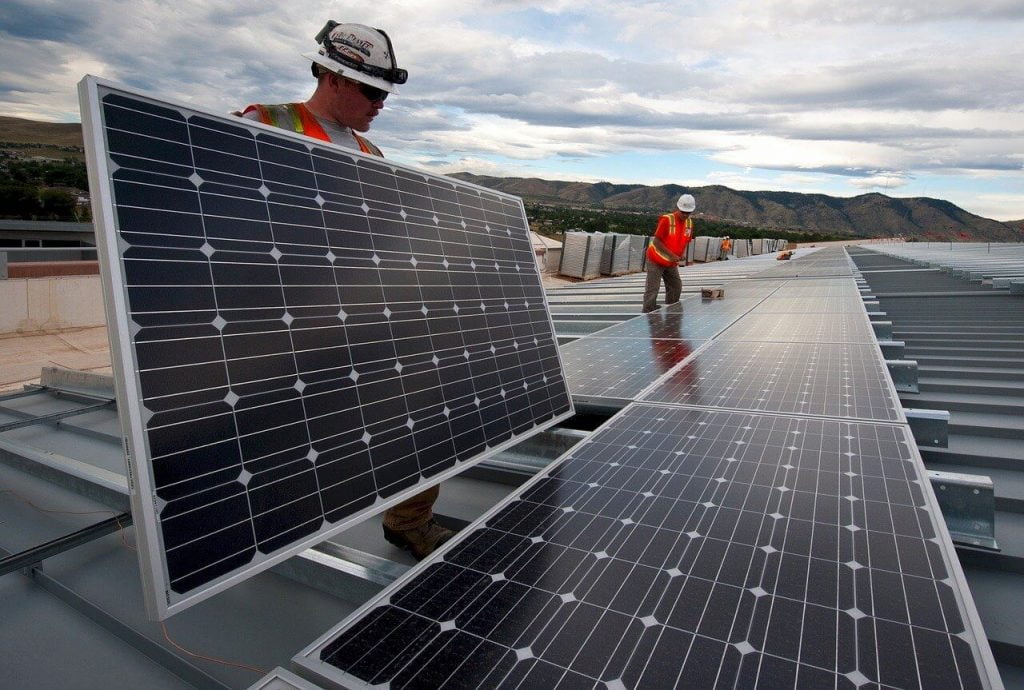
Now, that’s where the comparison between transportation and utility should end for good. The platform difference becomes very important at this point. Just like Uber and Lyft operate on the government-provided road platform, utilities use the grid. However, while transportation companies pay fees to the government, they are not responsible for maintaining the existing roads and building new ones.
The grid, on the other hand, is utilities-funded and much more complex, than the highway network. New transportation providers don’t change the road map, but DERs influence the grid directly. It will have to be redesigned to handle the increased intermittency and dispersed generation.
Importance of the Grid
With large utility companies losing customers and becoming financially unable to sustain the grid, its ownership and governance will also be reshaped. Some experts speculate that the integrated grid, as we know it, will die, and interconnected microgrids will replace it. But in our opinion, that’s quite unlikely. Instead, they will co-exist in synergy.
The Grid Provides Reliability
Smaller microgrids will support the uninterrupted energy provisioning during emergency situations and power shortages, but the main grid will still be at the utility core. Why? Because many of the individual sources will be able to achieve one-day-in-ten-year Loss of Load Probability, which is required in the U.S. For individual households it may not be that big of a problem, but for manufacturers, huge backup reserves will be needed to avoid shortages and interruptions.
The Grid Helps Balancing the Market
These obligatory additional reserves and batteries will not be used often and maintaining them will be impractical and expensive. They will become stranded assets, especially in the areas with better weather conditions. Additionally, the cost of power will become very uneven in the unbalanced market. Unless, of course, the accumulated power can be exported. The trading between microgrids is only possible with the involvement of the bigger, integrated grid.
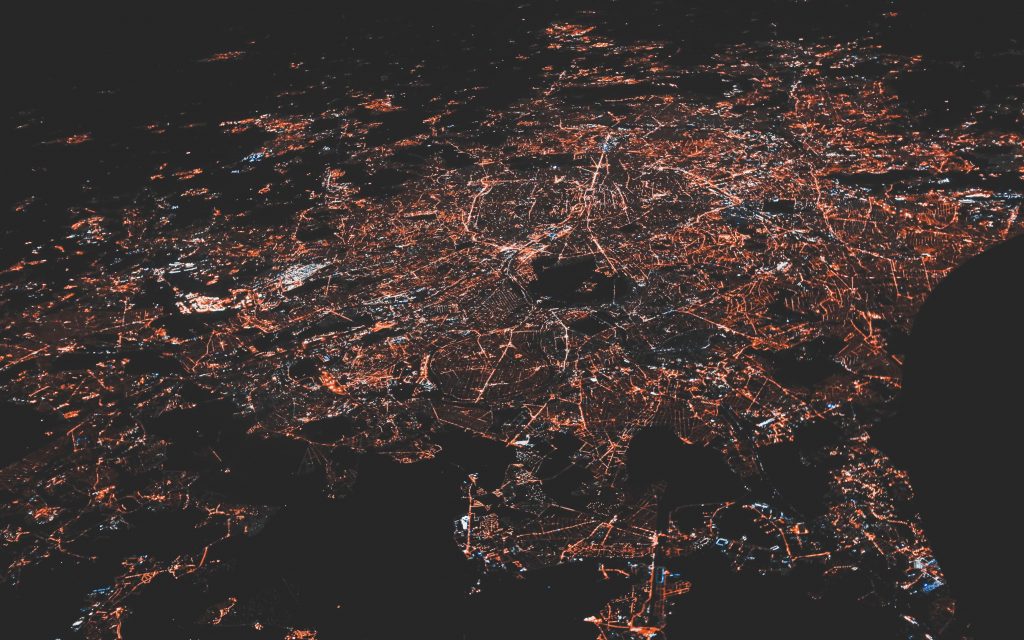
When independent providers will be able to distribute resources to each other, the cost will be driven to the margin by the variety of options and the need for excessive backup facilities will be diminished, which will also lower the price of power. That how it will work: say, the marginal cost from your independent energy source is high for some service. Then, you’ll save money if you connect and buy the said service from the grid. If the cost is lower, you’ll be able to sell and use the profits to come up with better rates for your users.
Transformation Is Inevitable
The radical changes in the utility industry are not as distant as they may seem. Global warming already knocking on our door, as we add 2.4M pounds of carbon dioxide into the atmosphere each second. Technology has already greatly progressed, making independent renewable energy sources much more affordable, so peer-to-peer trading might be happening sooner than we thought. After it is done, the competition will do the rest, driving the utility industry into the era of the gig economy.
Huge plants will be replaced by a network of millions of small distributed energy resources. With the help of artificial intelligence, the far-reaching control system will monitor the smallest units of this network: each generator, customer, line, load and battery. It will also take into account such variables as EV charging schedule, weather forecast, etc. With all of this information, the system will manage and optimize the work of each resource.
All of the above can happen faster and cheaper with the help of the grid. Interconnected microgrids will allow for better optimization, smart cost allocation and more. The energy market will evolve into an Amazon-like place for trading, where most services can be sold and bought. It is true, that many of the existing companies will not survive, replaced by better-adjusted competitors.
The sooner independent power producers, utilities, regulatory agencies and environmental organizations will embrace the idea of a multitude of grid-connected independent resources – the sooner we will be able to enter a truly sustainable future.
